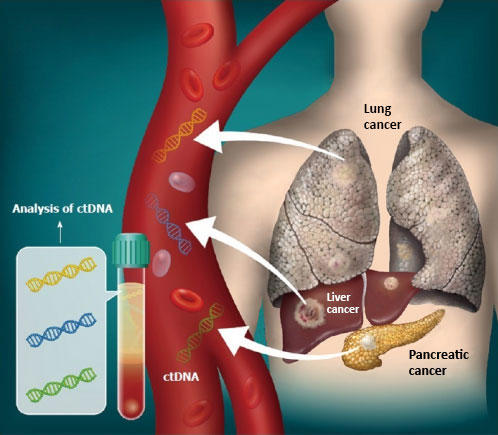Researchers at Cardiff University have developed cutting-edge technology that could transform how buildings are designed, managed, and maintained, offering a powerful new tool in the global fight against energy inefficiency and carbon emissions.
A long-standing issue in the construction and property sectors is the 'energy performance gap', the significant difference between the energy use predicted at the design stage and what buildings actually consume in operation. This gap can reach as high as 50%, undermining environmental goals and leading to soaring energy costs.
Led by Professor Yacine Rezgui, Director of the Urban Intelligence Research Centre , the team has spent over a decade developing advanced solutions that combine Building Information Modelling (BIM), Artificial Intelligence (AI), and semantic digital twins. These technologies are transforming how buildings are managed, enabling real-time optimisation of energy use and environmental performance.
Traditional building management systems often struggle to account for real-world complexities such as changing occupant behaviour, weather variability, and the dynamic interactions between building systems. To address this, the team developed dynamic, self-learning semantic digital twins that leverage multi-aspect building data. These digital twins act as intelligent, real-time replicas of physical buildings, continuously updated using live sensor data and advanced machine learning algorithms.
In validation trials, this semantic approach achieved an average 25% reduction in energy use while also improving indoor air quality. The research has been supported by over £10 million in funding from UK Research and Innovation (UKRI), including the Engineering and Physical Sciences Research Council (EPSRC), and the European Commission.
This research has been translated into a practical solution through the patented Computational Urban Sustainability Platform (CUSP), a cloud-based middleware that manages dynamic digital models of buildings, infrastructure, and even entire cities. CUSP has been commercialised via the Cardiff University spinout Optimise AI Ltd .
Optimise AI offers CUSP and related tools - Predict and Optimise - through an intuitive 'Software as a Service' (SaaS) model. These tools provide real-time insights for energy and environmental management, even in data-poor buildings. In many cases, just a smart meter and utility bills are sufficient to identify inefficiencies and generate cost-saving recommendations.
At the core of CUSP is a semantic data model, often described as the 'digital DNA' of a building. This model enables intelligent control of energy systems by connecting sensors, Building Management Systems (BMS), devices, and even occupants. The platform can suggest or automate real-time configurations of heating, ventilation, and air conditioning systems to maintain optimal performance, comfort, and sustainability.

"The greatest challenge with digital twins is maintaining their ability to accurately mirror the real-time performance of a building or asset. We address this by continuously recalibrating our models using live sensor data, powered by advanced machine learning algorithms."
The development of CUSP has involved extensive collaboration with a wide network of stakeholders across the built environment. Cardiff researchers have worked closely with leading industry partners such as Siemens, IBM, Atkins Global, and Schneider Electric, as well as local authorities including Cardiff, Blaenau Gwent, and Milford Haven. These partnerships have been instrumental in testing, refining, and aligning the platform with real-world conditions and industry needs.
The technology has moved from academic research to operational deployment and Optimise AI has implemented the platform in both pilot and commercial sites, including major transport hubs and networks. Network Rail has tested the system at stations such as Reading and Bristol Temple Meads, while ScotRail is rolling out digital twins across its network. These deployments demonstrate the platform's versatility and potential to drive sustainability at scale.






